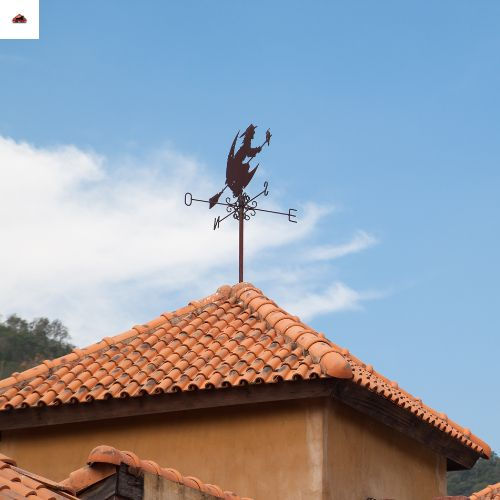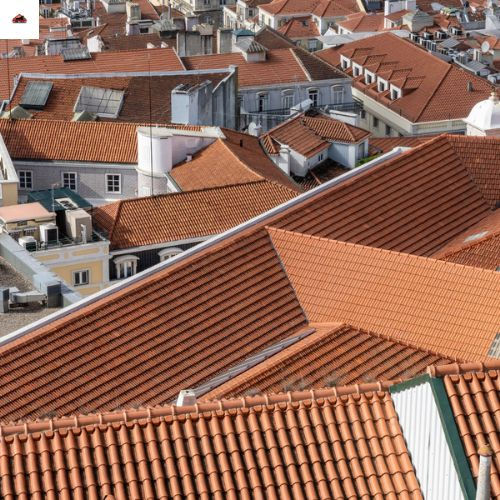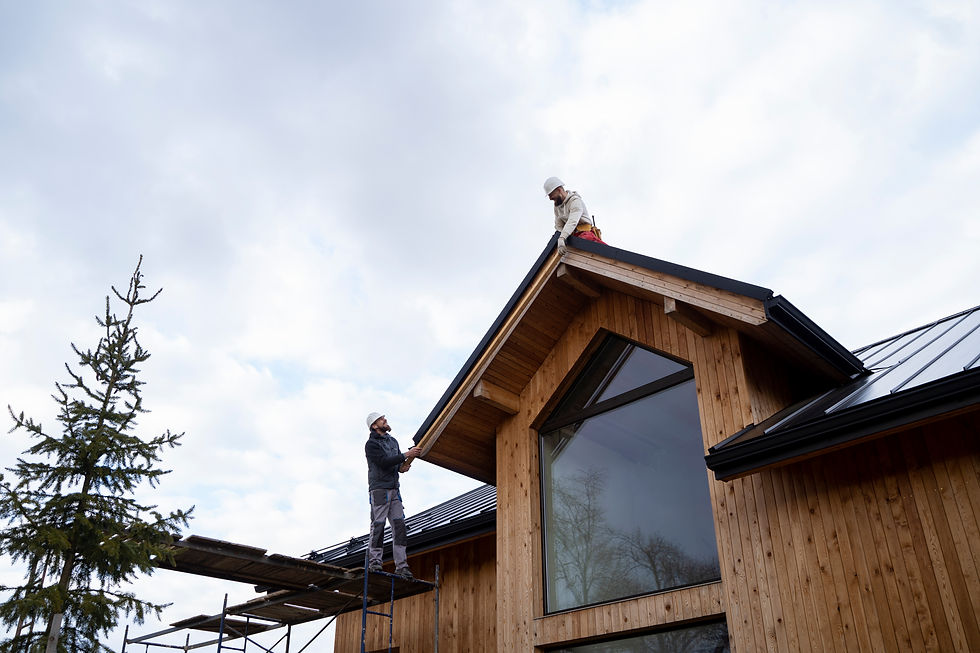Cool Roofs: How Energy-Efficient Roofing Can Lower Heat and Save Energy
- Gorilla Roof
- Oct 7
- 2 min read
The usage of cool roofing to protect your home and save energy expenses is becoming more and more common. Your home will stay comfortable even on the warmest days thanks to cool roofing solutions, which is designed to reflect more sunlight and absorb less heat than traditional roofing. Similar to wearing light-colored clothing in the sun, it aids in the natural regulation of temperature.
How Does a Cool Roof Work?
Any roof that effectively releases absorbed heat and reflects additional sunlight is cool. A reflecting or heat-reflective roof can stay as much as 50°F cooler in the summer than a typical roof, which can reach 150°F or more. The benefits are clear: greater comfort indoors, reduced cooling expenses, and less energy consumption.
While the results vary depending on temperature, type of roof repair service, and insulation, nearly any structure can be helped by an energy-efficient roof. Since less heat is transferred, even structures that do not have air conditioning are safer and more comfortable.

Benefits of Cool Roofs:
Buying fashionable roofing materials has some advantages for both home and business owners:
Lower electricity bills: A cool roof helps save on electricity charges by cutting down the demand for air conditioning.
Increased roof lifespan: Your roof could last longer if its surfaces are cooler because they endure less heat stress.
Environmental impact: Reflective roofs help minimize greenhouse gas emissions by decelerating smog formation, decreasing the urban heat island effect, and lowering overall energy demand.
Rebates and incentives: Putting in energy-efficient roofing is cheaper due to many government programs and utility company incentives.
Greater comfort: Roof Gutter Installation cooling provides interior spaces with comfort and coolness, even for those buildings that do not have air conditioning.
Choosing Proper Cool Roofing Materials
For maximum energy savings, the best cool roofing material should be chosen:
Asphalt shingles: Asphalt shingles in light or cool colors provide durability like traditional asphalt with sunlight reflection.
Metal roofing: Factory-coated or painted metal free roof inspection have long-lasting performance and excellent reflectivity.
Concrete and clay tiles: Naturally colored, or well-treated, light-colored tiles offer good cooling benefits.
Synthetic and polymer shingles: They offer enhanced reflectivity with the appearance of traditional roofing.
Shakes and shingles of wood: Naturally "cool-colored" woods are energy-efficient and aesthetically pleasing.
The whitest roof materials are the most solar-reflective and reflect 60–90% of sunlight. Darker roofs can be "cool" if they contain pigments that bounce invisible near-infrared light.
Long-Term Savings and Energy Conservation
By minimizing peak electrical consumption, an energy-efficient roof not only minimizes monthly utility bills but also assists in minimizing power outages during hot weather days. Neighborhoods can enjoy reduced outdoor air temperatures when energy-efficient roofs become prevalent, making the environment more sustainable and healthier.
Concluding remarks
Cool roofs offer a long-term solution for sustainability, economy, and comfort in addition to energy savings. The proper cool roofing materials offer both immediate and long-term advantages, whether you are building a new home or replacing your old roof. There is something for every taste and price range, from reflective asphalt shingles to light-colored clay tiles.
Enjoy a cooler, more eco-friendly, and energy-efficient home all year long by upgrading to a cool roof today.



Comments